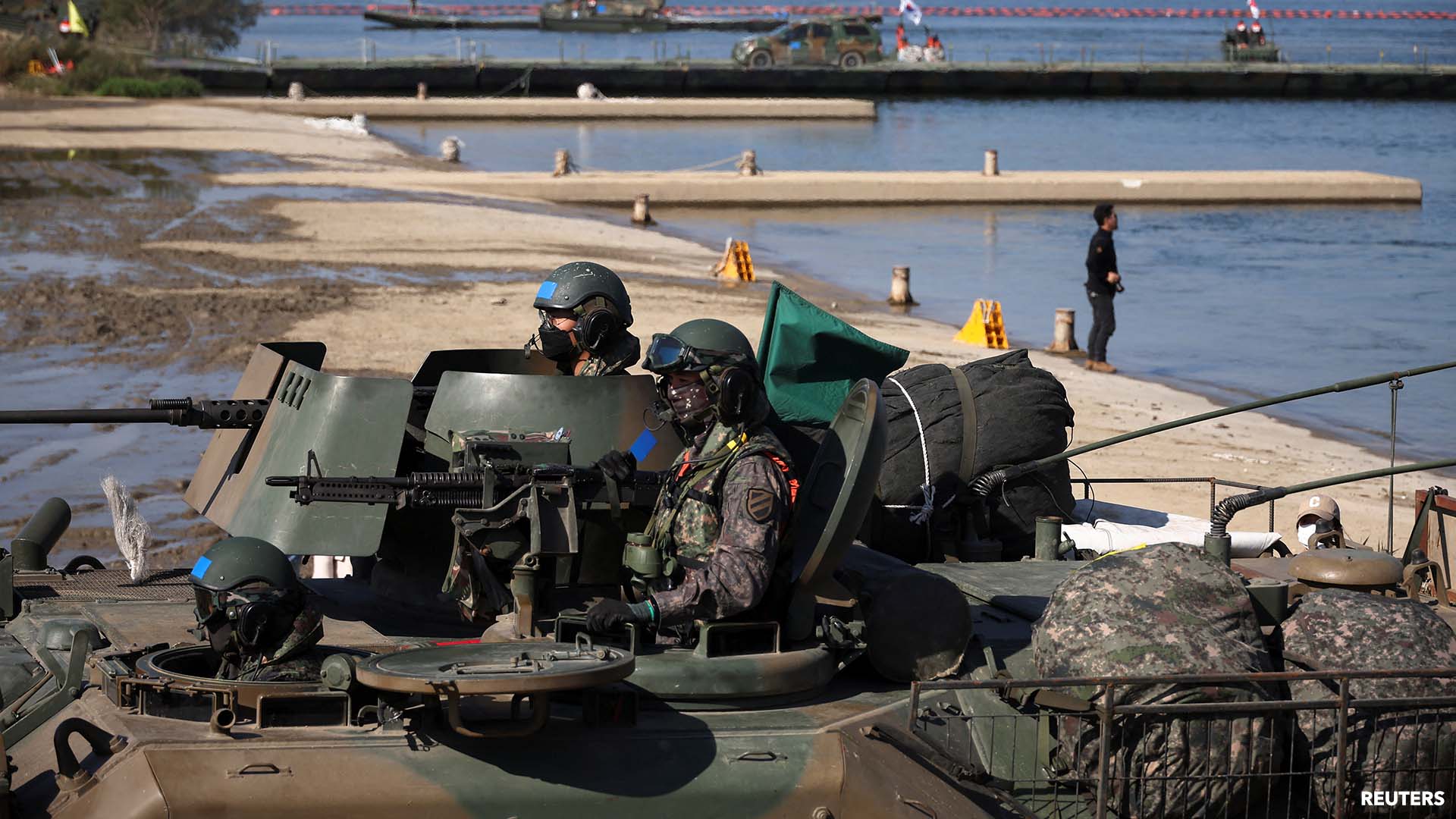Amidst evolving geopolitical scenarios, South Korea and the United States have kickstarted their joint military exercises, reflecting a longstanding alliance and a commitment to peace and security in the region.
The joint military exercises have historically been an annual fixture, serving as both a show of unity and a testament to the preparedness of both nations to handle potential threats. These drills have been a topic of contention in the past, particularly with North Korea, which often perceives them as a direct provocation.
This year’s exercise, like its predecessors, involves a combination of field training, computer-simulated war games, and naval and air operations. With thousands of troops participating from both countries, the drills are designed to be as realistic as possible, focusing on potential conflict scenarios and the strategies to counteract them.
One of the major highlights this year is the integration of advanced military technology and equipment. Both South Korea and the U.S. are leveraging the latest in combat simulation, missile defense systems, and stealth aircraft technology.
The North Korean regime has consistently been vocally critical of the joint military exercises. This year has been no exception, with the North issuing warnings and suggesting that the drills could be a potential stumbling block for future peace talks. It’s a stance that’s been a recurring theme, with North Korea often linking the cessation of these exercises to progress in diplomatic negotiations.

Beyond North Korea, regional neighbors like China and Russia have often expressed their concerns over the increasing militarization of the Korean Peninsula. Their apprehensions, however, have not deterred South Korea and the U.S. from conducting the drills, emphasizing the sovereign right of nations to pursue their security interests.
As South Korea and the U.S. move forward with their joint military drills, the world watches closely. The exercises underscore the strong bond between the two nations and their shared commitment to peace and stability. However, the path to achieving lasting peace in the region remains fraught with challenges, and it is crucial for all stakeholders to engage in constructive dialogue and negotiation.

